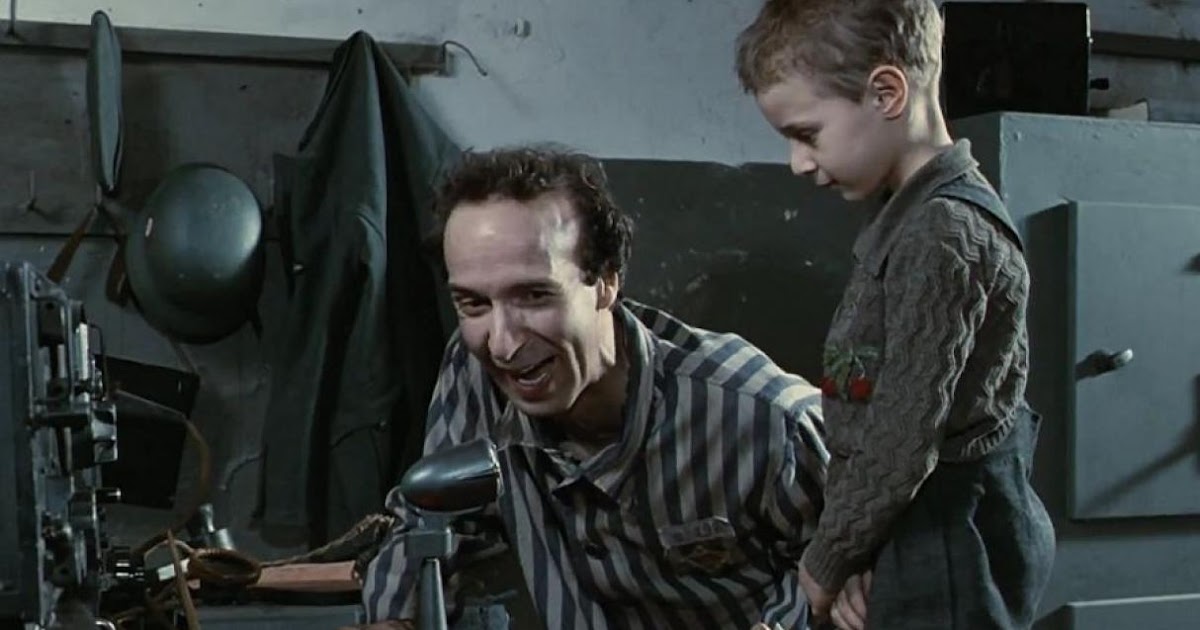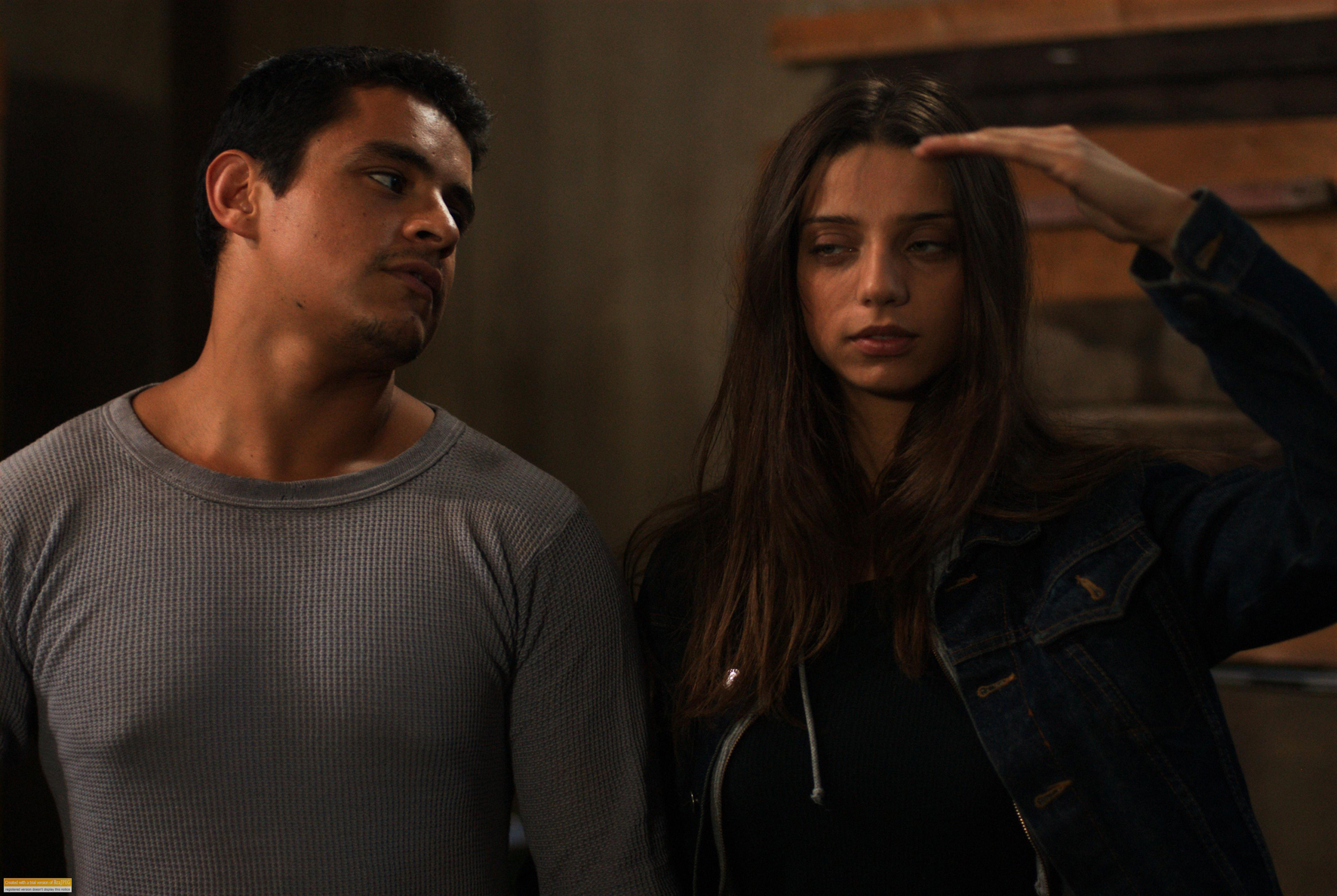Italian Cinema’s Golden Age and its Influence

Source: blogspot.com
Italian cinema’s Golden Age, particularly the period encompassing Italian Neorealism, profoundly impacted the portrayal of “beautiful life” themes. This movement, born from the ashes of World War II, eschewed the romanticized narratives of earlier Italian cinema, opting instead for a gritty realism that reflected the harsh realities of post-war Italy. The concept of a “beautiful life” within this context became deeply nuanced, often intertwined with struggle, poverty, and the resilience of the human spirit.
Italian Neorealism’s key characteristics involved on-location shooting, the use of non-professional actors, and a focus on social issues and everyday life. This approach allowed for a raw and authentic portrayal of the Italian experience, moving away from studio-bound productions and artificial settings. The “beautiful life,” therefore, wasn’t depicted as a state of effortless bliss, but rather as something hard-won, found in the small moments of connection and perseverance amidst adversity. The influence of Neorealism extended far beyond Italy, shaping cinematic movements globally and inspiring filmmakers to explore similar themes of social realism and human experience.
Italian Neorealism and its Depiction of “Beautiful Life” Themes
Films from the Neorealist era often presented contrasting views of “beautiful life.” Some depicted the stark realities of poverty and hardship, highlighting the challenges faced by ordinary Italians in rebuilding their lives. Others, however, managed to find glimmers of beauty and hope within these difficult circumstances, emphasizing the strength of human relationships and the enduring spirit of the Italian people. For example, Vittorio De Sica’s *Bicycle Thieves* (1948) portrays the desperate search of a father for his stolen bicycle, a crucial tool for his livelihood, showcasing the devastating impact of poverty on a family, yet simultaneously highlighting the father’s unwavering love and determination. In contrast, Roberto Rossellini’s *Rome, Open City* (1945), while depicting the horrors of war and Nazi occupation, also presents moments of human kindness and resistance, suggesting that even in the face of immense suffering, the capacity for beauty and compassion remains.
Aesthetic Comparisons: Neorealism and Subsequent Movements
Italian Neorealism’s stark, documentary-style aesthetic differed significantly from the stylized and often melodramatic approach of earlier Italian cinema. The use of natural lighting, location shooting, and non-professional actors created a sense of immediacy and authenticity that was unprecedented. Subsequent movements, such as the Italian Commedia all’italiana of the 1960s and 70s, retained some of Neorealism’s social commentary but adopted a more satirical and comedic approach. These films often explored the absurdities of Italian society and politics, using humor to address serious issues. While both movements focused on Italian life, their aesthetic choices and narrative strategies differed considerably, reflecting the changing social and political landscape of the country.
Societal Changes and Cinematic Representations of “Beautiful Life”
Post-war Italy underwent significant social and economic transformations, influencing how “beautiful life” was portrayed on screen. The economic miracle of the 1950s and 60s led to increased prosperity and urbanization, resulting in a shift away from the stark poverty depicted in Neorealist films. However, this prosperity was not evenly distributed, and subsequent cinematic movements continued to explore social inequalities and the complexities of Italian society. The rise of consumerism and the changing family structure became prominent themes, impacting how filmmakers depicted notions of happiness, success, and fulfillment. The Commedia all’italiana, for example, often satirized the contradictions of this period, exploring the tensions between traditional values and the burgeoning consumer culture. The “beautiful life,” therefore, became a more multifaceted concept, reflecting the evolving realities of Italian society.
The Role of Location and Setting

Source: cinemagia.ro
The depiction of Italy’s stunning landscapes plays a crucial role in establishing the visual aesthetic and emotional resonance of films portraying the “beautiful life.” These films often transcend simple storytelling, becoming visual poems celebrating the country’s natural beauty and cultural richness, inextricably linking the setting to the narrative’s themes of romance, joy, and the simple pleasures of life. The choice of location isn’t arbitrary; it’s a deliberate artistic decision that significantly impacts the film’s overall impact.
The natural beauty of Italy profoundly contributes to the mood and tone of these films. The sun-drenched landscapes of Tuscany, the dramatic coastlines of the Cinque Terre, or the timeless grandeur of Rome evoke specific emotions and enhance the narrative. The idyllic settings often serve as a visual metaphor for the characters’ aspirations and the idealized vision of the “beautiful life” they pursue. The vibrancy of the colors, the warmth of the light, and the sheer visual splendor all contribute to a sense of optimism, romance, and a feeling of escape, immersing the viewer in the film’s world.
Italian Locations and Their Cinematic Representation, Movie beautiful life italian
Specific Italian locations are frequently chosen for their inherent symbolic value and their ability to visually represent different facets of the “beautiful life.” Rome, with its historical monuments and bustling city life, often portrays a vibrant, energetic side of this ideal. Tuscany, with its rolling hills, vineyards, and charming villages, embodies a more tranquil and romantic vision. The Cinque Terre, with its colorful cliffside villages and breathtaking coastal views, represents a picturesque and idyllic existence. These locations are not merely backdrops; they become active participants in the storytelling, influencing the characters’ actions and shaping the narrative’s emotional arc.
Films Showcasing Diverse Italian Landscapes
The following films showcase the diverse landscapes of Italy and their connection to the “beautiful life” theme:
- Cinema Paradiso (1988): This film uses the Sicilian countryside and a small village to evoke nostalgia and a sense of simpler times, portraying a beautiful life rooted in community and shared experiences.
- Stealing Beauty (1996): The Tuscan countryside serves as a backdrop for a coming-of-age story, highlighting the beauty and serenity of the landscape as a catalyst for self-discovery and personal growth.
- Call Me By Your Name (2017): The film’s setting in the Italian countryside, specifically Lombardy, plays a crucial role in establishing the film’s romantic and sensual atmosphere, emphasizing the beauty of the natural world as a reflection of the characters’ emotional journey.
- A Room with a View (1985): Florence and the Tuscan countryside provide a stunning visual context for this romantic drama, emphasizing the transformative power of beauty and the allure of a life lived to the fullest.
Visual Elements in Depicting Idyllic Settings
The visual language employed in these films is carefully crafted to evoke a sense of idyllic beauty. Warm, golden light often bathes the landscapes, emphasizing the richness of the colors and creating a feeling of warmth and contentment. A predominantly warm color palette, featuring earthy tones, vibrant greens, and sun-kissed yellows, is frequently used to visually represent the abundance and beauty of the Italian landscape. Camera angles often employ sweeping shots to capture the vastness and beauty of the scenery, while close-ups focus on the details, highlighting the textures and colors of the environment. These techniques work in concert to create a visually stunning and emotionally resonant depiction of the “beautiful life.”
Contemporary Representations of the “Beautiful Life”

Source: media-amazon.com
The idealized “beautiful life,” so often depicted in the sun-drenched landscapes and romantic narratives of Italian cinema’s Golden Age, has undergone a significant transformation in contemporary filmmaking. While the allure of beauty and idyllic settings persists, modern Italian cinema reflects a more nuanced and complex understanding of happiness, success, and fulfillment, often grappling with the economic anxieties and social shifts of the 21st century. The “beautiful life” is no longer solely defined by material wealth or romantic love; instead, it’s increasingly explored through the lens of personal growth, resilience, and the search for meaning in a rapidly changing world.
Contemporary Italian films often contrast sharply with the romanticized portrayals of the past. Classic films frequently presented a vision of effortless elegance and prosperity, often overlooking the harsh realities faced by many Italians. Modern narratives, however, frequently confront the economic challenges, social inequalities, and existential uncertainties that permeate contemporary Italian society. This shift in perspective leads to a more diverse and relatable representation of the human experience, moving away from the idealized and often unattainable standards set by earlier works.
Shifting Definitions of Happiness and Fulfillment
Modern Italian cinema showcases a broader spectrum of what constitutes a “beautiful life.” Instead of focusing solely on material success and romantic relationships, contemporary films explore alternative pathways to happiness and fulfillment. Films like “La Grande Bellezza” (The Great Beauty, 2013) by Paolo Sorrentino, for example, offer a satirical yet poignant exploration of the emptiness that can accompany superficial success within the elite circles of Roman society. The protagonist, Jep Gambardella, enjoys a life of opulent parties and artistic endeavors, yet remains profoundly unfulfilled, highlighting the limitations of a life solely defined by external validation. In contrast, films like “Mediterraneo” (1991) by Gabriele Salvatores present a more humble yet deeply satisfying vision of the “beautiful life,” focusing on the simple joys of camaraderie and human connection amidst the challenges of war and isolation. These contrasting depictions demonstrate the evolving understanding of happiness and fulfillment within contemporary Italian cinema.
Cinematic Techniques in Portraying Emotional Impact
Contemporary Italian filmmakers employ a range of cinematic techniques to convey the emotional nuances of scenes depicting happiness, contentment, and fulfillment. The use of natural lighting and evocative landscapes, a hallmark of Italian cinema, continues to be employed, but often with a more realistic and less idealized approach. For instance, the cinematography in “Call Me by Your Name” (2017), though not strictly an Italian film, uses the Italian countryside to frame a coming-of-age story, emphasizing the beauty of the setting while also allowing the emotional intensity of the narrative to take center stage. The editing style, too, has evolved. While some films maintain a classical, narrative-driven approach, others experiment with more fragmented or non-linear structures to reflect the complexities of modern life and the subjective nature of happiness. Sound design plays a vital role in creating atmosphere and enhancing emotional impact. The use of diegetic sounds (sounds that exist within the film’s world) and non-diegetic sounds (sounds added during post-production) can subtly shift the viewer’s emotional response to a scene. The juxtaposition of vibrant music with moments of quiet reflection, for example, can create a sense of both joy and melancholy, reflecting the multifaceted nature of the human experience.
Quick FAQs: Movie Beautiful Life Italian
Movie beautiful life italian – What are some common misconceptions about the “beautiful life” in Italian cinema?
A common misconception is that all Italian films portraying the “beautiful life” present a romanticized and unrealistic view. Many films actually explore the complexities and contradictions of achieving happiness and fulfillment, acknowledging challenges and hardships alongside moments of joy.
How has the portrayal of women changed in Italian films depicting the “beautiful life”?
The portrayal of women has evolved significantly. Early films might have presented more traditional roles, while contemporary films showcase a wider range of female characters and experiences, reflecting changing gender dynamics in Italian society.
Are there any Italian films that offer a critical perspective on the concept of the “beautiful life”?
Yes, many contemporary Italian films offer critical perspectives, questioning the very definition of a “beautiful life” and exploring themes of social inequality, economic hardship, and environmental concerns.